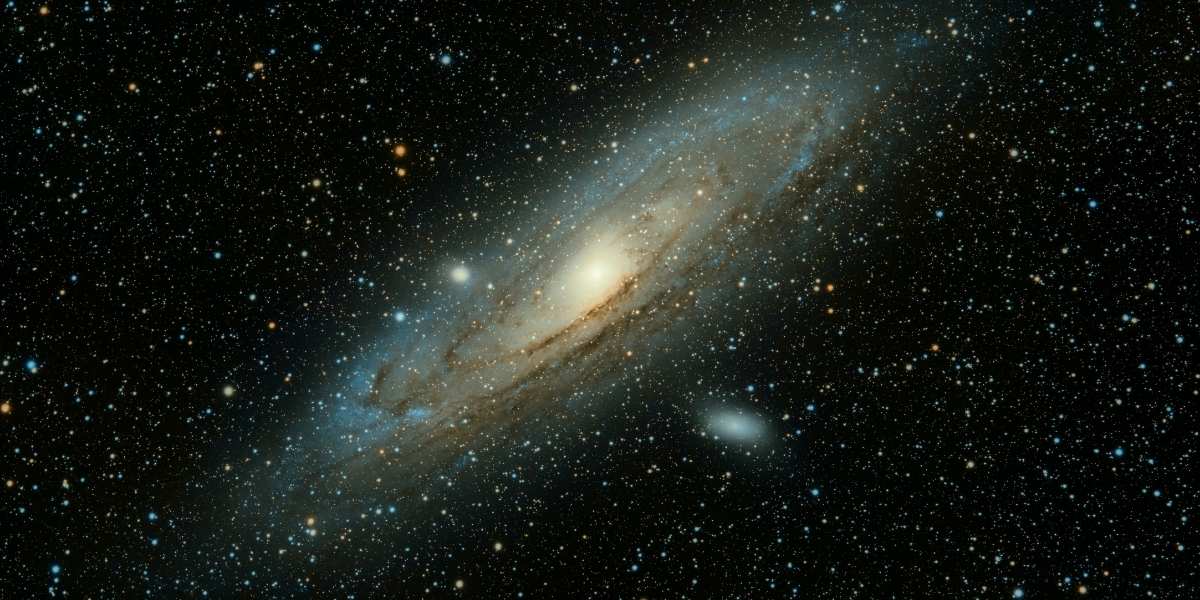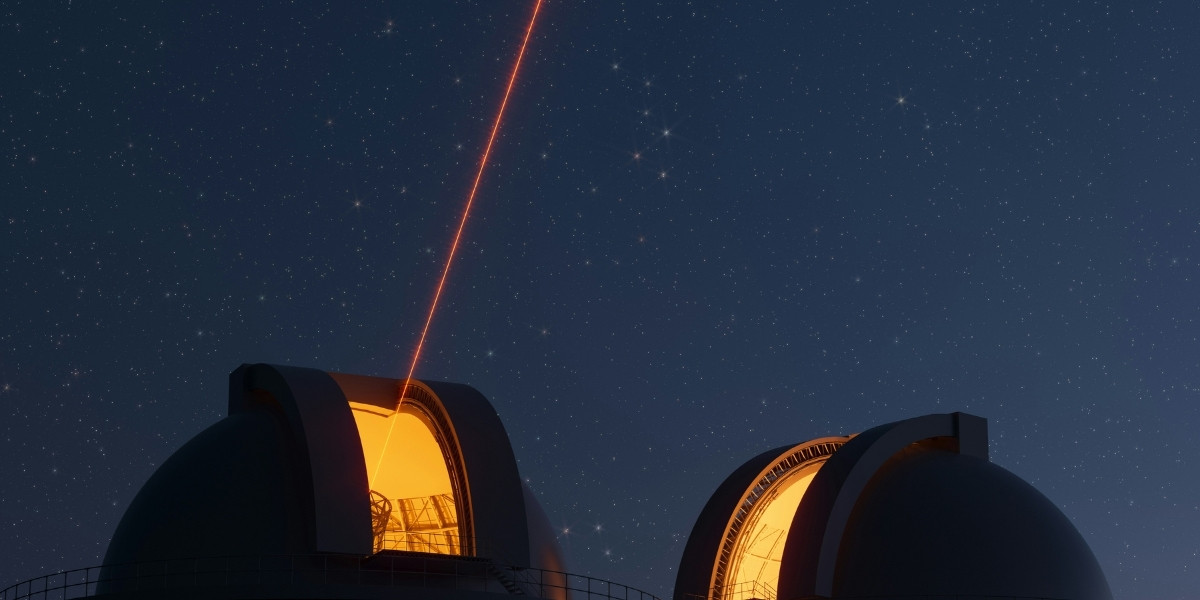Outer Space Temperature: A Deep Dive into Cosmic Chill
When picturing outer space, many imagine an infinite, silent void, uniformly cold and desolate. While the cosmos is indeed vast and largely empty, the concept of temperature in outer space is far more nuanced and intriguing than a simple single number. It is not merely a matter of profound chill, but a complex interplay of radiation, matter, and vast distances. Unlike Earth, which has a dense atmosphere to regulate temperatures, space is mostly a vacuum, meaning heat transfer primarily occurs through radiation rather than conduction or convection. This fundamental difference leads to wildly varying thermal conditions depending on proximity to stars, planets, and even the faint echoes of the Big Bang.
Read Also: Universe: Understanding Its Vast Scale Simply
The common perception of outer space temperature as absolute zero is largely inaccurate. While some regions approach this ultimate cold, other areas can be intensely hot, particularly near stars or within nebulae. Understanding temperature in this context requires distinguishing between the temperature of matter (like gas or dust particles) and the temperature of radiation. Even in the emptiest regions, there’s a background radiation field, a relic from the early universe, that contributes to the ambient thermal environment. This journey into cosmic chill reveals a universe of surprising thermal contrasts, from the superheated plasmas in galactic cores to the frigid depths between galaxies.
How Is Temperature Defined in Outer Space?
Defining temperature in outer space presents a unique challenge because “temperature”, as we commonly understand it, refers to the average kinetic energy of particles within a given volume. On Earth, our atmosphere provides billions of particles per cubic centimeter, allowing thermometers to easily measure how fast these particles are moving. In the near-perfect vacuum of space, however, the density of particles is incredibly low, sometimes just a few atoms per cubic meter. This sparsity means that a conventional thermometer would struggle to register a temperature because there are simply not enough particles to transfer heat efficiently to its sensing element.
Instead, astronomers and physicists often discuss temperature in outer space in terms of thermal radiation. Every object in the universe, regardless of how hot or cold it is, emits electromagnetic radiation. The wavelength of this emitted radiation is directly related to the object’s temperature. Hotter objects emit shorter, more energetic wavelengths (like visible light or X-rays), while colder objects emit longer, less energetic wavelengths (like infrared or microwaves). Therefore, measuring the characteristics of this radiation allows scientists to infer the temperature of distant objects, even if there are no particles present to directly “touch” a thermometer.

The most widely cited “temperature of space” refers to the Cosmic Microwave Background (CMB) radiation. This is the faint afterglow of the Big Bang, a ubiquitous thermal radiation filling the entire universe. It has a remarkably uniform temperature of approximately 2.725 Kelvin (about -270.45 degrees Celsius or -454.81 degrees Fahrenheit). This represents the background temperature of the universe as a whole, a relic from a time when the cosmos was much hotter and denser. However, this is the temperature of radiation, not of isolated particles or objects, and local variations can be dramatic.
What Factors Influence Temperature Variations in Space?
The most significant factor influencing outer space temperature in any given location is proximity to a star or other celestial bodies. In our solar system, planets closer to the Sun, like Mercury and Venus, experience scorching temperatures on their sun-facing sides, while those further out, like Uranus and Neptune, are extremely cold. Even on a single planet or moon without an atmosphere, like Earth’s Moon, temperatures can swing wildly from hundreds of degrees Celsius in direct sunlight to hundreds of degrees below zero in shadow, highlighting how radiation directly impacts surface temperature without an atmospheric buffer.
Beyond the influence of stars, the density of matter plays a crucial role in determining temperature in outer space. In regions where gas and dust particles are more concentrated, such as within nebulae or accretion disks around black holes, collisions between particles can occur more frequently, generating heat. For instance, the interstellar medium, the vast expanse between stars, is not uniformly cold. It contains regions of very cold, dense molecular clouds (around 10 Kelvin) where stars form, as well as regions of much hotter, more diffuse gas (up to millions of Kelvin) energized by stellar winds or supernova remnants.
The presence and composition of an atmosphere significantly affect outer space temperature on planets. Earth’s atmosphere, for example, acts as a thermal blanket, trapping heat and moderating temperature swings between day and night. Planets with dense atmospheres, like Venus, can experience runaway greenhouse effects, leading to incredibly high surface temperatures far exceeding what their distance from the Sun might suggest. Conversely, thin atmospheres, like that of Mars, offer minimal insulation, resulting in dramatic temperature fluctuations. These atmospheric characteristics highlight that “space” is not a single thermal environment, but a gradient of conditions.
Where Are the Coldest Regions in the Universe?
While the average background temperature of the universe is about 2.7 Kelvin due to the Cosmic Microwave Background, there are places even colder. The coldest known natural region in the cosmos is the Boomerang Nebula, located approximately 5,000 light-years away in the constellation Centaurus. This pre-planetary nebula, formed by a dying star rapidly ejecting gas, has a measured temperature of approximately 1 Kelvin (about -272 degrees Celsius or -458 degrees Fahrenheit), making it even colder than the background radiation of space itself. This extreme cold is a result of the incredibly rapid expansion of gas, which causes it to cool dramatically, much like a refrigerator works by rapidly expanding a gas.
Another candidate for extreme cold, though not as universally low as the Boomerang Nebula, can be found in the shadowed depths of polar craters on airless bodies like Earth’s Moon and Mercury. Because these craters are perpetually shielded from direct sunlight, their floors can remain at incredibly frigid temperatures, sometimes dropping to around 30-40 Kelvin (-243 to -233 degrees Celsius). Without an atmosphere to circulate heat, any area not directly bathed in starlight will rapidly radiate its thermal energy away into the surrounding vacuum, leading to these pockets of intense cold, untouched by the sun’s warmth for billions of years.
On a larger scale, the vast voids between galaxies, known as intergalactic space, are also incredibly cold. While not as cold as the Boomerang Nebula, these regions are largely devoid of matter and intense radiation sources. The sparse particles that do exist are highly diffuse, and their kinetic energy is extremely low, approaching the ambient temperature of the Cosmic Microwave Background. These immense cosmic deserts represent the true “coldness” of the universe at its largest scales, where matter is so spread out that thermal interactions are almost non-existent, leaving only the faint, uniform hum of the Big Bang’s afterglow.
How Do Astronauts and Spacecraft Manage Temperature Extremes?
Managing temperature in outer space is one of the most critical challenges for spacecraft and astronauts. Objects in orbit constantly cycle between direct sunlight and deep shadow. For example, the International Space Station (ISS) experiences temperatures ranging from approximately 121 degrees Celsius (250 degrees Fahrenheit) when bathed in sunlight to -157 degrees Celsius (-250 degrees Fahrenheit) in shadow, a swing of nearly 278 degrees Celsius (500 degrees Fahrenheit) in just 90 minutes. Without protection, equipment would quickly overheat or freeze, rendering it inoperable.
To combat these extreme fluctuations, spacecraft utilize sophisticated thermal control systems. These include multi-layer insulation (MLI), which consists of many thin layers of reflective material separated by vacuum. This insulation dramatically reduces heat transfer by radiation, keeping the interior stable. Radiators are also essential, designed to radiate excess heat away from the spacecraft into the cold vacuum. Conversely, internal heaters are used to warm components that fall below their operational temperature range. The precise balance of these passive and active systems is vital for the longevity and functionality of spacecraft, ensuring components function correctly despite external conditions.

Astronauts, too, rely on advanced thermal control within their spacesuits. A modern extravehicular activity (EVA) suit is essentially a personal spacecraft, designed to protect the human body from the vacuum, radiation, and extreme temperatures of outer space. The suit incorporates layers of insulation, a cooling garment with circulating water to dissipate body heat, and reflective outer layers to manage solar radiation. This intricate design ensures that the astronaut’s core body temperature remains stable, allowing them to perform complex tasks outside the spacecraft for hours, regardless of whether they are in searing sunlight or frigid shadow.
What Does This Mean for Cosmic Exploration?
Understanding outer space temperature is fundamental to all aspects of cosmic exploration. Every mission, from orbiting satellites to interplanetary probes, must account for the extreme thermal environment. Designing durable materials that can withstand vast temperature swings, developing efficient thermal control systems, and planning trajectories that minimize thermal stress are all integral parts of mission success. Without this deep understanding, spacecraft would fail, and scientific instruments would cease to function, making any meaningful exploration impossible. The thermal challenges are as significant as the vacuum or radiation hazards.
The varying temperatures in space provide crucial clues about the universe’s composition and evolution. Measuring the precise temperature of the Cosmic Microwave Background allows cosmologists to test models of the Big Bang and the universe’s expansion. Observing the thermal radiation from distant nebulae or galaxies helps scientists understand star formation processes, the dynamics of interstellar gas, and the distribution of matter across vast cosmic distances. Temperature becomes a diagnostic tool, revealing hidden properties and dynamics of celestial objects and phenomena.
Read Also: Coping with Rising Temperatures Across the U.S
The deep dive into outer space temperature highlights that space is not a monotonous, uniformly cold void, but a dynamic environment with incredible thermal diversity. From the incredibly hot regions around stars and active galactic nuclei, where temperatures can reach millions of degrees, to the near-absolute zero of the Boomerang Nebula, the universe presents a spectrum of thermal conditions. This complexity underscores the ingenuity required to build instruments and vehicles capable of surviving and exploring these varied environments, continually expanding humanity’s knowledge of the cosmos through a mastery of its thermal extremes.








